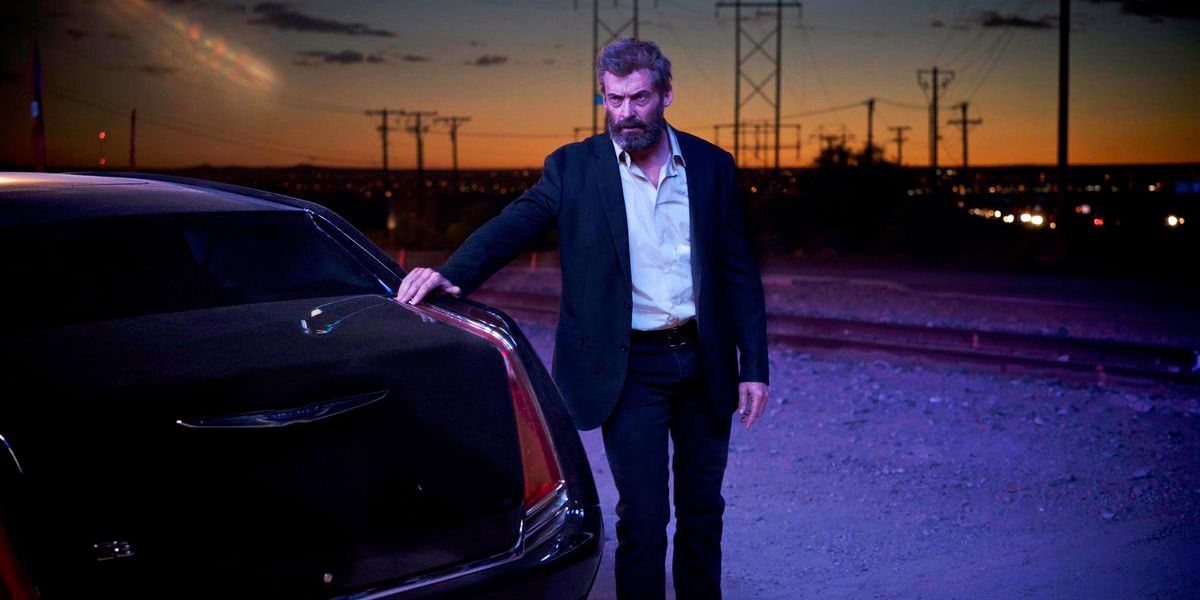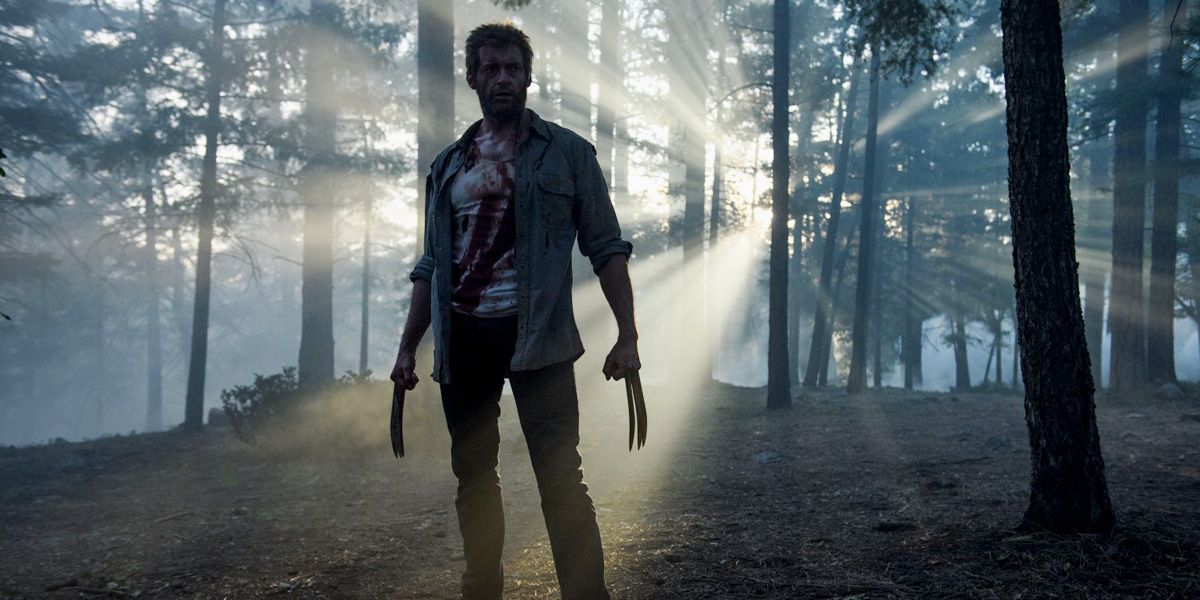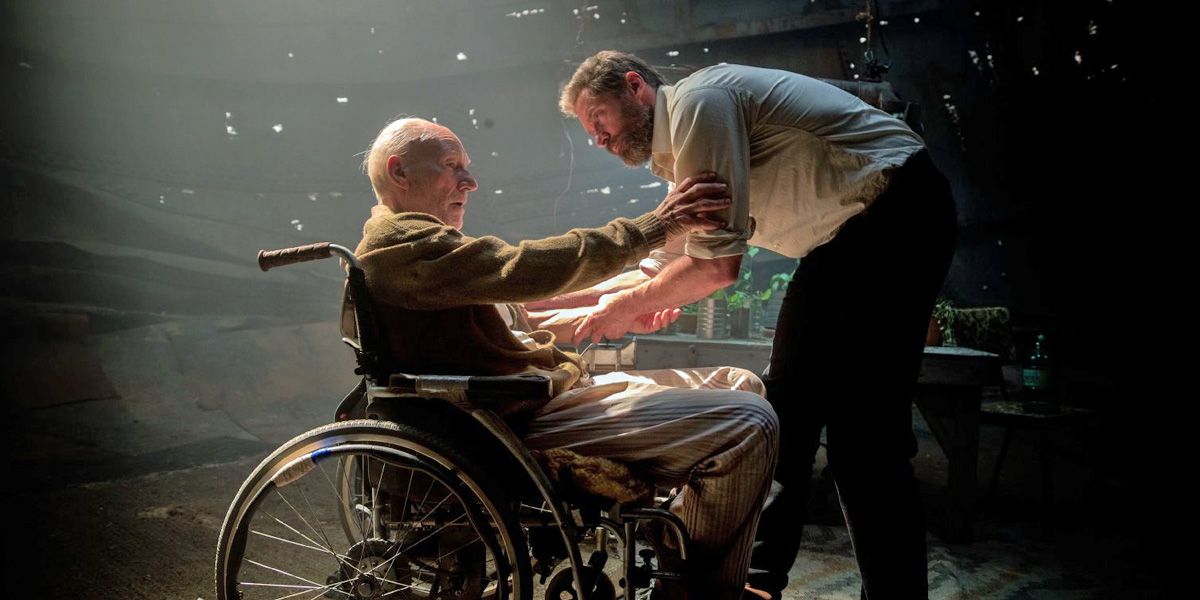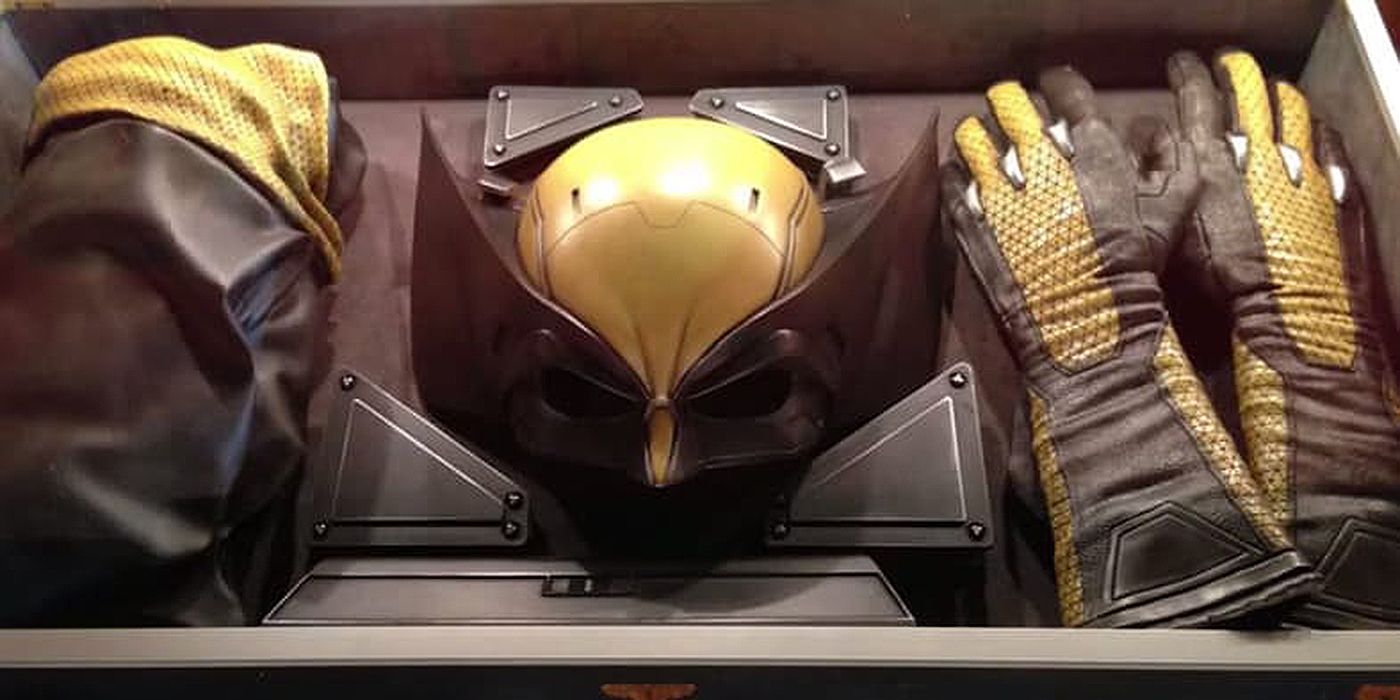Comic readers and moviegoers know that Wolverine is the best there is at what he does, even if what he does isn't very nice. That typically involves slicing and dicing adversaries with his adamantium claws. But while "Logan," star Hugh Jackman's final turn as the fan-favorite character, promises plenty of action, it's also mutant’s most gut-wrenching and personal story yet.
RELATED: Life After "Logan": Where Will Fox's X-Men Franchise Go Next?
Set several years after the epilogue of "X-Men: Days of Future Past," with mutants on the brink of extinction, the film centers on a weary Logan, whose healing factor is failing, as he care for an ailing Charles Xavier in a hideout on the Mexican border. But Logan’s attempts to hide from the world and his legacy are up-ended when he encounters Laura, a young mutant on the run who shares some rather disturbing similarities to him.
Ahead of "Logan's" release, co-writer Michael Green ("Alien: Covenant," "American Gods") spoke with CBR about crafting the proper sendoff for Jackman's Wolverine, the introduction of Laura, the film’s R-rating, and Logan’s iconic costumes.
CBR: As a comic book and X-Men fan, what was the essence of Wolverine you wanted to capture and explore?
Michael Green: As much as I loved the Wolverine comics growing up, and reading all the different versions, this assignment was to help Jim [Mangold, the director] create a story that was the appropriate sendoff to a very specific version of the character, as portrayed by Hugh Jackman.
For me, the seminal Wolverine was that Frank Miller cover of him fighting ninjas. But since 2000, when I saw the first "X-Men" movie, my Wolverine has been Hugh Jackman. I love him in the role. I can’t look at old comics without now rendering it through the lens of his performance. To be asked to contribute in any way to the rounding out of that character was an honor, a pleasure and fun to do. There are certain jobs that are called “work” that are a bit of a giggle.
“Logan” doesn’t look like your standard superhero fare. What were you aiming for in terms of tone and aesthetic?
I have to say, from start to finish, it was trying to help Jim achieve the vision he had for the appropriate sendoff. It wasn’t a desire so much to grit-up the character in any way. There was a desire to bring an emotional integrity to it, a realness, a meaningful absence of sentimentality to it. And it was about treating the character as seriously as any character rather than a superhero character.
RELATED: "Logan" Opens Strong With $9.5 Million From Thursday Previews
Unfortunately, that’s become synonymous with a more surface presentation of the character. One of the great things about the film, where you have a title character, is it means you get to spend all of your screen time on one person’s story, as opposed to amazingly balanced other films where you are trying to attend to a wide cast, where it’s an entire team, and everyone has to share that screen time. You can create smaller, meaningful, memorable stories and moments there, but nothing so much as an entire opera devoted to Logan.
In what ways is this Professor Xavier’s story as well?
In the film presentation of Logan, his most meaningful relationship ends up being with Charles Xavier. He is Logan’s consistent family. He is the moral lighthouse. He is the ever-burbling wellspring of hope and idealism that shouts sometimes angrily against Logan’s own cynicism. So, if you are going to set about crafting a story that says goodbye to Logan, you want to service that relationship. You want to have those final conversations. And knowing you had Patrick Stewart coming back to do it makes all the difference. That means you are now writing up to a caliber of actor that you don’t get everywhere. It makes it a pleasure.
Laura, played by Dafne Keen, throws Logan off his game. What did you enjoy about writing the character?
What’s so much fun about Laura is what she brings out in Logan. The best and worst of him comes out in conversation with this silent, nasty little mirror of himself. She forces one of the most iconic characters to have to monologue and speak for two. The accidental result is you get to see Wolverine explored when he just really doesn’t want to be. She’s arguably the only character I’ve ever encountered who is less sentimental than Logan himself.
The X-Men villains are diverse and deadly. How does Donald Pierce pose a threat to Logan?
I actually don’t look at the villain of this film as Pierce or Rice; the villain of this movie is time. You have this character, Logan, who has lived a very long life, possibly longer than he’s wanted. Time has managed to hurt him emotionally over and over again. Finally, when we meet him in this movie, time has begun to hurt him physically. People like Pierce and Rice, who he comes across in this film, they are more opportunistic antagonists who are taking advantage of what time has done to him. I don’t know if they would have been as impactful if they didn’t find him when they did. Some people fall in love at the right time in their life. Wolverine becomes vulnerable because of time and not Pierce, per se.
It was rumored that “Logan” would be sporting either his classic yellow-and-blue or -brown costume. Was that ever under discussion?
Everything was under discussion at some point. When you are developing a script, you try every idea in order to test its mettle, weigh it in your hand, and see if it fits. If it does, it’s included and if it doesn’t further the story in the right direction, it’s discarded. There were moments in early drafts where you saw glimpses, but paper is much less expensive than film. In conversations and early sketches of scenes, stranger things were tried and discarded than a glimpse of an old uniform.
Why was it important for “Logan” to receive an R rating?
I can’t say that when Jim and I started working on this that there was any “We must make this R-rated” directive. There was no plan for it. The idea was start with a story, tell the right story, and then find out what it wants to be. The more we dug into his vision for it, and the more the world got elaborated and then stripped away to its bare essences, it revealed itself as a story that would be better told with an R-rating. One of the most surprising elements of the development of this film, and the final product, is that the big idea of this film is how small it is. That seems to be the biggest surprise for people, that where some films continue to top one another with the magnificent scope of destruction and threat, this one is micronic. It’s two old men and a young girl. Credit goes to the studio for recognizing the value of that story and saying, “Small is enough because it’s meaningful.” And, yes, the right way to tell that is to allow the language to be what it wants to be and to allow the violence be what it wants to be.
We also have to say thank you to the fans, who are such a sophisticated viewership right now, that they are okay with a film being odd or different. As a result, studios are willing to take risks. An R-rating for “Logan” is a big risk for the director, the actors and certainly for the studio and their investment.
Now in theaters, director James Mangold's “Logan” stars Hugh Jackman, Patrick Stewart, Boyd Holbrook, Richard E. Grant, Dafne Keen and Stephen Merchant.




